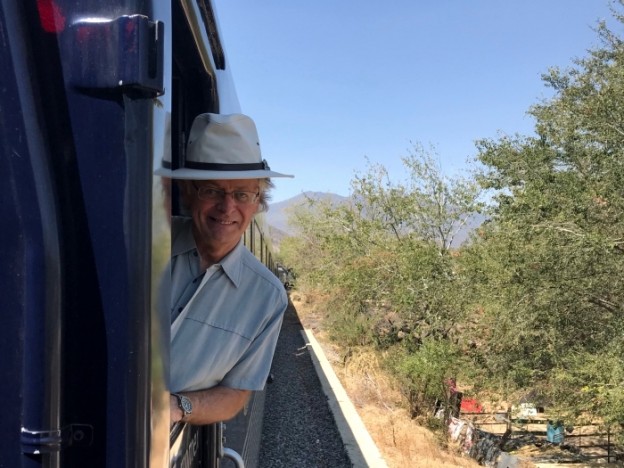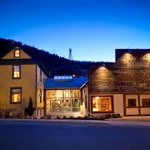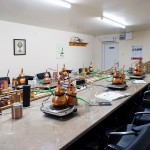Mike Gerrard takes The Herradura Express to Mexico’s oldest tequila distillery.
Every Saturday morning at 11am a train leaves Mexico’s second city, Guadalajara, heading for a small town of about 14,000 people in the Jalisco highlands: Amatitan.
The train carries almost 400 people and every Saturday it’s full, with tickets booked out two months in advance. The train is The Herradura Express and it takes people to visit the oldest tequila distillery in Mexico, Herradura.
Herradura was founded in 1870 and as well as Herradura tequilas it also produces Mexico’s best-selling brand of tequila, El Jimador. Tequila sales are on the up in Mexico and around the world, especially in the Premium and Super-Premium categories as people discover that a quality tequila can have all the subtlety and complexity of a good whisky or brandy.
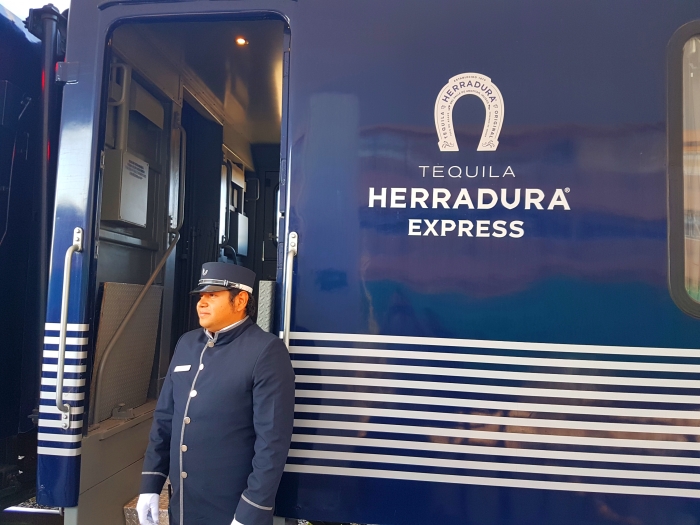
We have the opportunity to sample just how good a Herradura tequila can be as soon as we pull out of the station in Guadalajara. The open bar in the Club Car comes complete with two mixologists who prepare creative cocktails throughout the 1-hour 45-minute journey to Amatitan.
Head Bartender Chavez Iniguez works at one of Guadalajara’s best restaurants, Pachuco, and as the suburbs of the city glide by the window, Chavez produces his first cocktail, which he calls Anni. It’s a refreshing mix of a guava-strawberry fusion, coconut cream, a dash of lemon juice and Herradura’s tequila reposado, topped with a slice of strawberry.
Herradura was the first company to produce a reposado tequila when they introduced theirs in 1974. A reposado is simply a regular blanco or silver tequila that has been aged in barrels for a minimum of two months. We’re going to learn a lot about tequila on our day trip on the train, mainly by the excellent teaching method of drinking it.
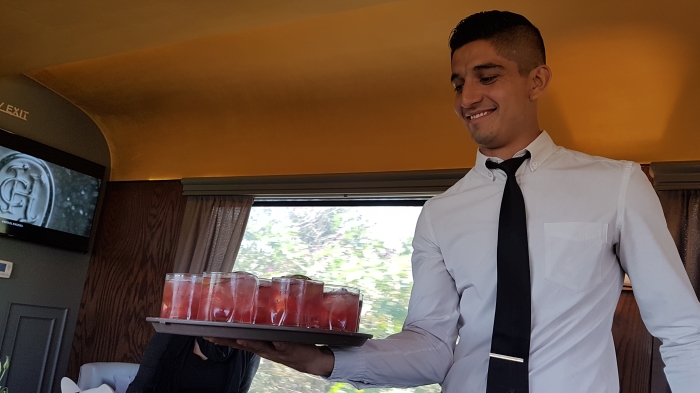
Waiters wander up and down the train offering snacks, while the perky sound of a mariachi band lifts the spirits. As indeed do we, frequently, as this is like no train ride I’ve ever experienced before. When he’s not making cocktails Chavez is happy to talk about – and dispense – the different styles of tequila, and tell us which work best in different cocktails, from a simple tequila and tonic to his own mouthwatering creations.
Next up he serves us a Pisa, which is tequila reposado again, this time with cranberry juice, lemon juice, a spicy chile morita syrup, and a surprising final flourish. Chavez takes what looks like a perfume spray bottle and sprays something over each cocktail to finish it.
‘It’s a mix,’ he says, ‘of cardamom, clove, juniper, thyme and Finlandia vodka, infused into a spray to add both aromas and flavours to the cocktail.’
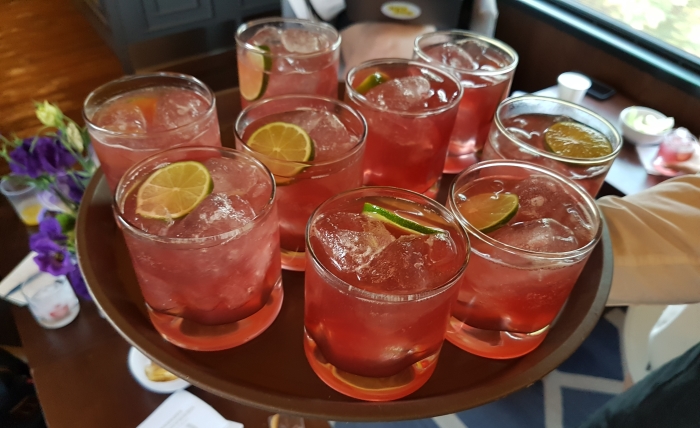
Wow. I was quite proud of my ability to make a margarita before coming to Jalisco. I definitely now have an inferiority complex.
‘I like tequila and tonic,’ Chavez tells me when I ask him for simple recipe suggestions to help up my game. ‘Use a basic blanco tequila with a good tonic water. About one-third tequila to two-thirds tonic. And a Paloma is always popular, and easy to make. Instead of lime and salt on the glass like for a margarita, use grapefruit juice and salt. Mix grapefruit juice, lime juice and a little sugar, then add tequila or mezcal and fill the glass with club soda.’
By now we have left the city behind and we start to see fields filled with blue agave plants, stretching to the hills on the horizon. This is tequila country, as only spirits made from blue agave in the state of Jalisco and a few other smaller places can be called tequila. Although the drink takes its name from the town of Tequila, the spirit from which it derived was first made in the town of Amatitan, about seven miles east of Tequila.

The original Mexican spirit made from an agave plant was a fermented drink called pulque. Later with the arrival of distillation came a distilled spirit called mezcal. Mezcal can be made from any agave plant, and many have a smoky flavour not unlike a Scotch from Islay.
People tended to prefer the smoother spirit that was made from the blue agave plants that grew around the town of Tequila, so began asking for a mezcal from Tequila. Eventually, tequila became a distinct type of mezcal, its production governed by Mexican law.
On Sundays, a similar train called the Jose Cuervo Express takes visitors to the Jose Cuervo Distillery in Tequila itself, but we’re headed for Amatitan where Herradura is located. Before we get there, Chavez has time to impress us with one more of his inventions, a cocktail called Vandida.
This one takes the most basic style of tequila, a blanco or silver tequila (the kind you should use for a margarita) and blends it with Mexican lime, pineapple juice, lemon juice and hibiscus syrup, garnished with a slice of cucumber. It’s the kind of flavourful drink that would convert anyone who thinks they don’t like tequila.
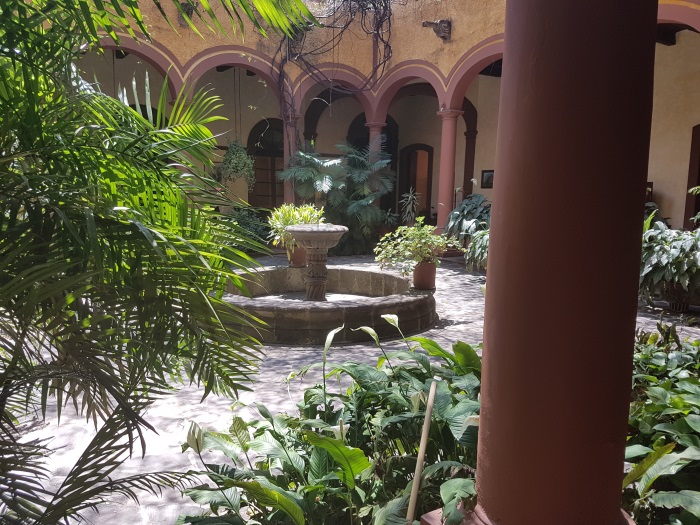
We pull into the station at Amatitan where a coach awaits to take us the short distance to the Herradura Distillery and Hacienda. Here our guide Reuben greets us with, oh dear, another cocktail, this time a tamarind margarita. That’s four cocktails down, plus a few sips of neat tequilas for comparison purposes, and it’s not yet 1 pm.
‘Tequila is the oldest spirit in the Americas,’ Reuben tells us. ‘And Herradura is the oldest distillery in Jalisco, in a hacienda that’s over 400 years old. Tequila production began here in about 1846.
It’s a 256-acre compound surrounded by walls. In a hacienda, you had to provide accommodation for the employees. 35 families still live here, and they have a store, a church, and a hospital. The name Herradura was first used in 1910, and we have 22,000 acres of agave plants.’
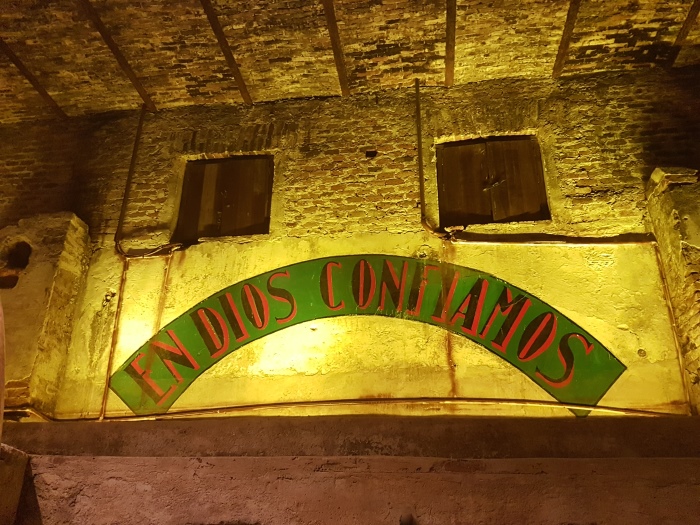
Reuben leads us around the large complex which is unlike any distillery I’ve seen before – and I’ve been to a few. The original old house is surrounded by fountains, shady plazas and jacaranda trees with their bright blue blossoms. As well as the modern distillery, Herradura has retained its original distillery, last used in 1963 and preserved as a museum. It’s a shadowy, atmospheric place filled with ancient stills and the original tahona, the stone used for milling the agave plants and squeezing out the juice.
After the tour, there is, of course, a tequila tasting. Well, we haven’t had a drink for at least half an hour.
‘We have many tequilas to choose from!’ says Reuben, ‘But we have managed to choose four for you.’
So with the help of Reuben’s educated nose and palate we learn the difference in aromas and flavours of a blanco that’s been aged for 45 days, a reposado aged for 11 months, an extra anejo that must be aged for a minimum of 3 years, and one they call their Suprema, which has been aged for 49 months.
‘We tasted all of them,’ says Ruben, and I believe him, ‘but the best result came when it was aged for exactly 49 months.’
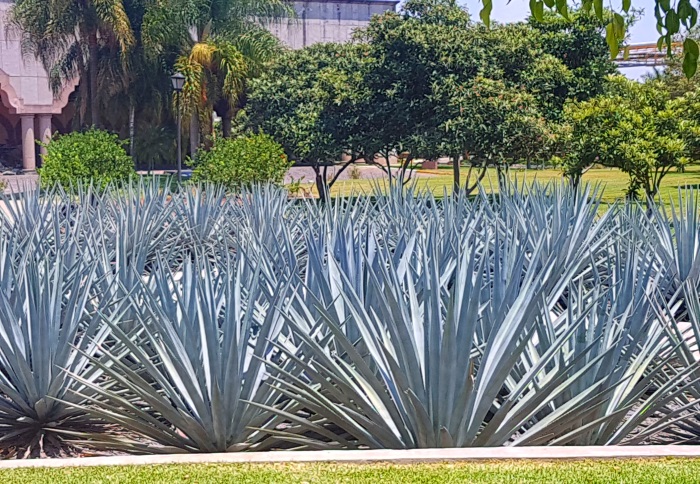
And then it was time for lunch. Mexico makes many fine wines and beers, but when in Jalisco you drink tequila with everything. I have vague memories of a coffee-flavoured dessert tequila cocktail before it was time to be poured back onto the train to Guadalajara. With, of course, a bottle of Herradura as a souvenir.
Tell Me More about the Herradura Express
For prices and to book tickets visit Herradura
Casa Herradura
45380 Amatitán, Jalisco, Mexico
Go here for information on Guadalajara
British Airways has daily flights to Guadalajara via Dallas Fort Worth.

